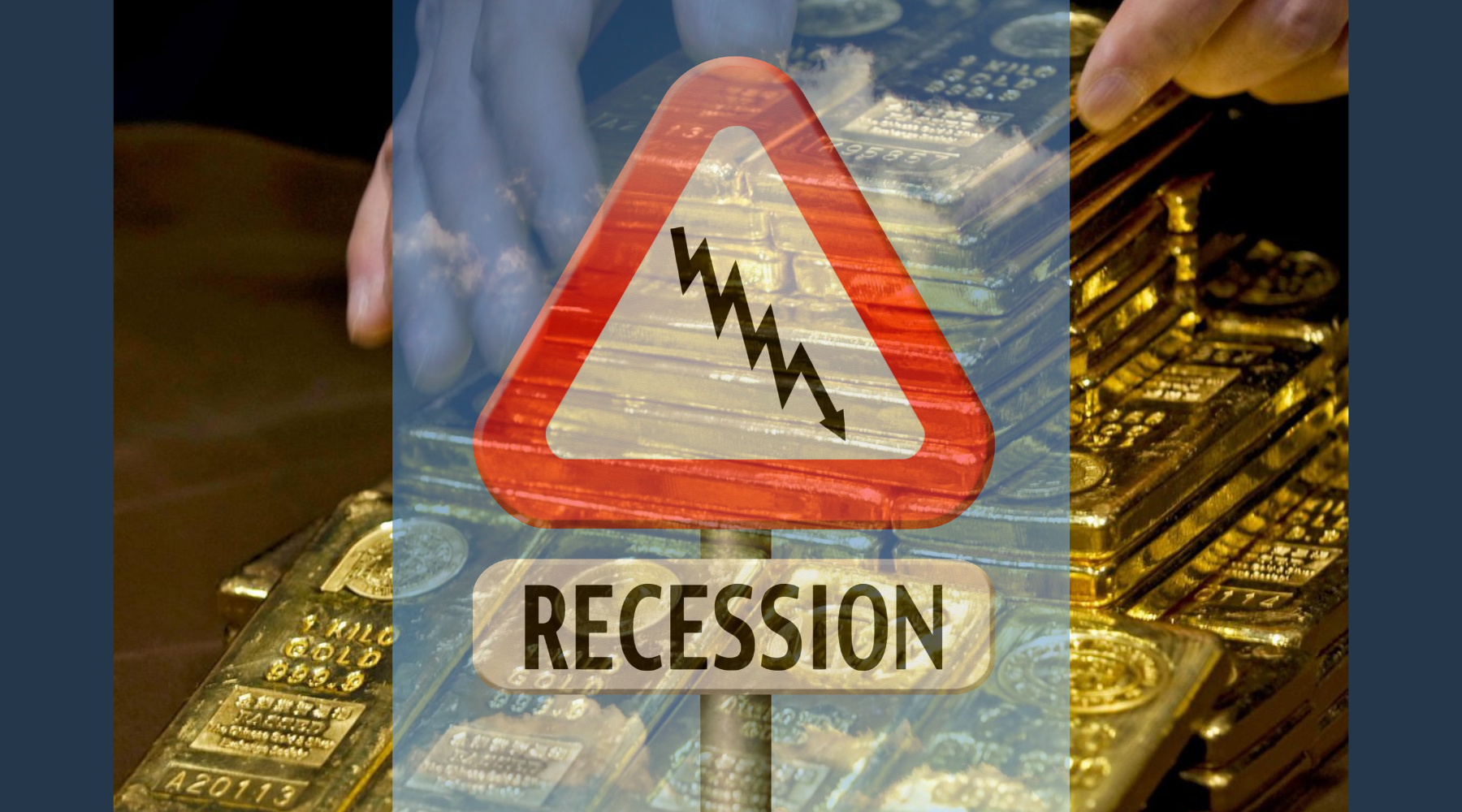For the first time in American history, the United States now grapples with an unprecedented fiscal challenge. The country's total federal debt has recently surged beyond a staggering $33 trillion, ringing alarm bells among economists and policymakers alike. What's particularly concerning is the rapidity with which this debt is ballooning. Since the debt ceiling crisis, the U.S. has accumulated an astonishing $1 trillion in debt every month, a relentless trend that has persisted for the past few years, culminating in an astounding $11.5 trillion increase in the national U.S. debt over the last five years alone. Perhaps even more alarming is the trajectory towards an annual interest expense of $1 trillion, a looming milestone that threatens to become the single largest expenditure on the U.S. government's balance sheet.
While the enormity of the federal U.S. debt grabs the headlines, it's essential to recognize that it's not the only type of debt weighing heavily on the American economy. Household debt, including mortgages, credit card balances, and student loans, has been rising for years. This accumulating burden is now beginning to stifle consumer spending and hamper economic growth, not to mention the personal financial distress it places on most Americans with less than a paycheck in accumulated savings for emergencies.
Corporate debt is another pressing concern. Businesses have taken advantage of low-interest rates to accumulate substantial debt loads, which could leave them vulnerable to financial instability should economic conditions deteriorate. In the short term, there are countless stories of different types of corporate bankruptcies that have risen to levels not witnessed since 2010. Moreover, local and state governments have grappled with debt issues, often tied to pension obligations, infrastructure projects, and healthcare costs. These fiscal challenges pose systemic risks to the broader economy.
Many individual investors seek ways to protect their wealth in this environment of mounting debt and financial uncertainty. One option that has stood the test of time is ownership of precious metals like gold and silver. Historically, gold and silver have hedged against inflation and economic instability. When the value of paper currency erodes due to inflation or a weakening economy, these metals retain their worth. This characteristic makes them a viable store of value and a portfolio diversification tool.
Gold, in particular, has been cherished for centuries as a symbol of wealth and stability. Its scarcity and resistance to corrosion have contributed to its enduring value. While often overshadowed by gold, silver also has a history of being used as a form of currency and a store of value. Both metals have intrinsic worth that transcends the fluctuations of fiat currencies.
Individual investors can consider allocating a portion of their portfolios to gold and silver as a hedge against the threat posed by ballooning debt levels and the potential for economic instability. While these metals may not offer immediate gains like stocks or other assets, they can provide a valuable safety net during economic turmoil. However, it's crucial to approach precious metal ownership as part of a well-diversified investment strategy, as no single asset class is immune to all risks. By incorporating gold and silver into their investment portfolios, individuals can proactively safeguard their financial well-being in an uncertain economic landscape dominated by mounting debt. In this day and age, we needn't look any further than the U.S. and Canada to understand that the only financial device that saved us from 2008 was and continues to be the accelerated debt accumulation. How long can this last? Are you willing to test the limit by staying only in paper assets?
Yours to the penny,
Darren V. Long
Director, Delta Harbour Assets







